
14 min read
Published on: Jul 1, 2024
Last updated on: Jul 1, 2024
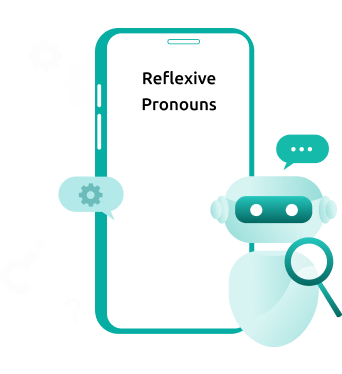
Imagine you're looking in a mirror. Who do you see? Yourself, right?
That's exactly how reflexive pronouns work in sentences—they reflect back to the subject just like a mirror does.
Let’s learn how to correctly use them through detailed explanations and practical examples.
Reflexive pronouns are pronouns that reflect or refer back to the subject of the sentence. They end in "-self" (singular) or "-selves" (plural) and are used when the subject and object of a verb are the same entity.
Here’s a simple rule to remember: When the subject of a sentence is also the object—that means they're doing something to themselves—you use a reflexive pronoun. But you don't need one if the subject and object are different.
[infographic]
Knowing how to use reflexive pronouns correctly helps you write clearly and accurately. It lets you show when actions are performed by individuals or groups on themselves.
Now, let's take a look at the proper usage of reflexive pronouns.
Reflexive pronouns serve as direct objects in sentences, reflecting the action back onto the subject itself. They are used when the subject of a verb is also the object of that verb. This usage emphasizes that the action is performed by the subject on itself.
Example:
In this sentence, "herself" is the direct object of the verb "dressed," indicating that she performed the action on herself directly.
Reflexive pronouns usually come immediately after the subject and before the verb or at the end of a clause.
Example:
Understanding the distinction between intensive and reflexive pronouns is crucial for using them appropriately in various contexts within English grammar.
Pronoun Type | Purpose | Example Sentences |
Reflexive Pronouns | Reflect back to the subject and are essential to the sentence's meaning. | She dressed herself before the party. |
They taught themselves how to ski. | ||
Intensive Pronouns | Emphasize a noun or pronoun and are used for emphasis. | I myself will handle the situation. |
She did the work herself. |
Using reflexive pronouns incorrectly can lead to confusion or grammatical errors in your writing. Here are some common mistakes to avoid:
Reflexive pronouns should only be used when the subject and object of a verb are the same entity. Avoid using them with verbs that do not indicate an action performed on oneself.
Reflexive pronouns should typically follow the subject immediately and precede the verb or appear at the end of a clause. Misplacing them can alter the intended meaning of the sentence.
Reflexive pronouns should not follow prepositions unless they are part of a reflexive verb construction.
Avoid using reflexive subject pronouns in the place of personal pronouns when referring to people or things that are not performing an action on themselves.
Reflexive pronouns reflect back to the subject, while intensive pronouns emphasize a noun or pronoun.
When subjects and object pronouns are joined by "and" referring to different individuals, do not use reflexive pronouns.
Subject:
Object:
Understanding various aspects of reflexive pronouns helps clarify their usage and distinctions in English grammar.
Test your understanding with the help of this reflexive pronouns worksheet:
Part 1: Identify whether each underlined pronoun is reflexive or not. Write "Reflexive" or "Not Reflexive" next to each sentence.
Part 2: Choose the correct reflexive pronoun from the box to complete each sentence. (myself, yourself, himself, herself, itself, ourselves, yourselves, themselves)
|
Answer Key Part 1: Identification
Part 2: Fill in the Blank
|
All in all, understanding and using reflexive pronouns correctly is an essential aspect of mastering English grammar.
By practicing the distinctions between different reflexive pronouns, as well as understanding their appropriate contexts, you can enhance the clarity and precision of your communication.
If you aim for perfect grammar every time, try our grammar checker. But if you want “AI to help me write an essay”, explore MyEssayWriter.ai today!
If you want to learn more about academic writing, grammar, and related concepts, check out these blogs.
Grammar | Writing | Citation | ||
| Parts of Speech |

WRITTEN BY
Caleb S. (Mass Literature and Linguistics)
Caleb S. is an accomplished author with over five years of experience and a Master's degree from Oxford University. He excels in various writing forms, including articles, press releases, blog posts, and whitepapers. As a valued author at MyEssayWriter.ai, Caleb assists students and professionals by providing practical tips on research, citation, sentence structure, and style enhancement.
Caleb S. is an accomplished author with over five years of experience and a Master's degree from Oxford University. He excels in various writing forms, including articles, press releases, blog posts, and whitepapers. As a valued author at MyEssayWriter.ai, Caleb assists students and professionals by providing practical tips on research, citation, sentence structure, and style enhancement.
On This Page On This Page
The 8 Parts of Speech - Learn with Examples

What's a Noun? Definition, Examples, and Types

What Are Verbs and How They Work?

An Easy Guide on Adverbs: Definition, Use, Types & Examples
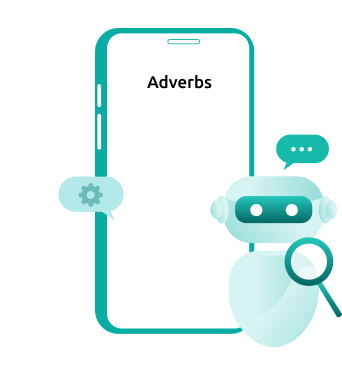
Learn About Conjunction and Its Types | With Examples
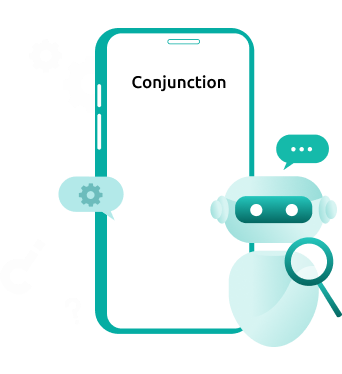
Understanding What is A Pronoun: Definition, Types & Examples
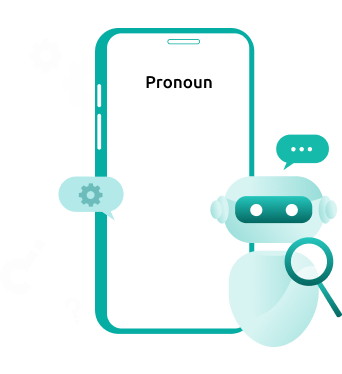
What's an Adjective? Definition and Examples

An Introduction to Prepositions – With Types & Examples!

What’s an Interjection? Definition, Types, and Usage With Examples

What's an Abstract Noun? Definition and Examples

Understanding Proper Nouns: Definition, Usage & Examples
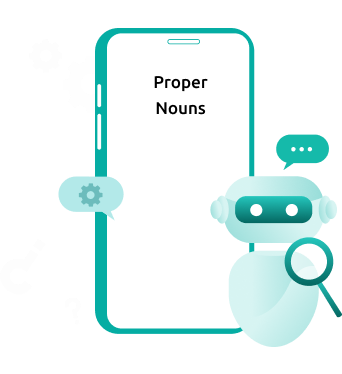
What is a Collective Noun? Examples & Definition

What is a Common Noun? Definition, Types & Examples

What are Uncountable Nouns? Definition & Examples
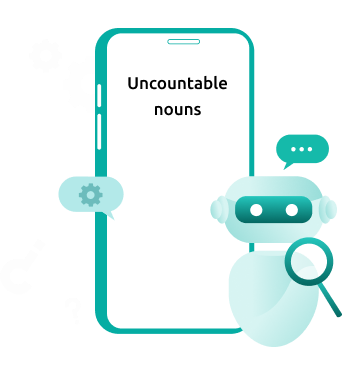
Countable Nouns: Definition, Examples, Tips & More
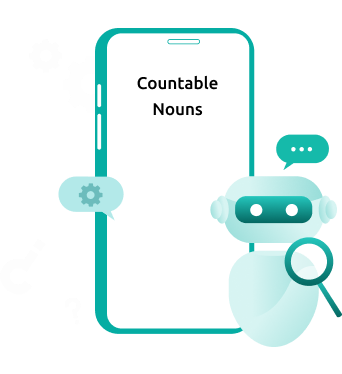
What’s a Concrete Noun?

Possessive Pronouns: Definition & Examples
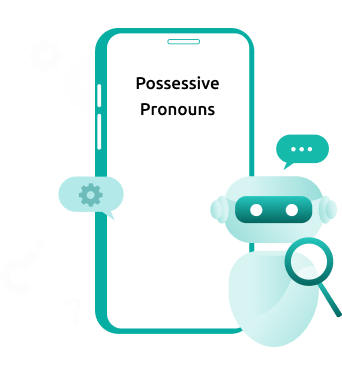
Get started for free
Log In
Verify Your Account
Enter the verification codes to confirm your identity.